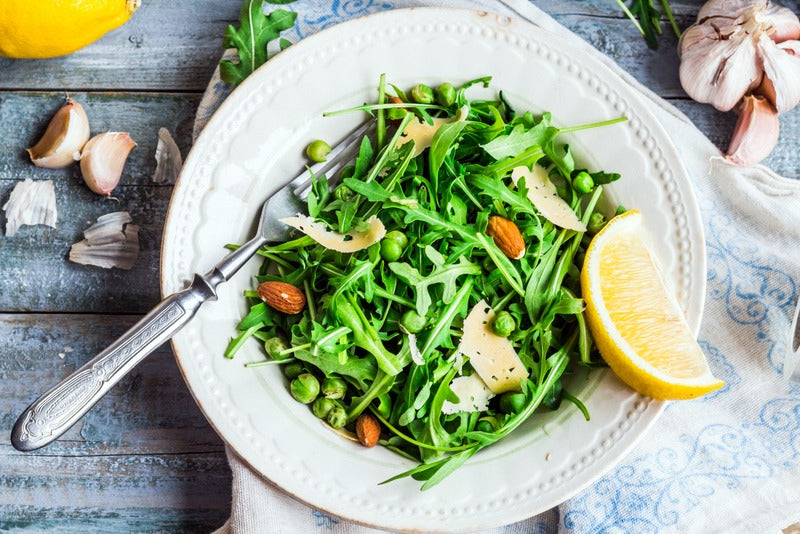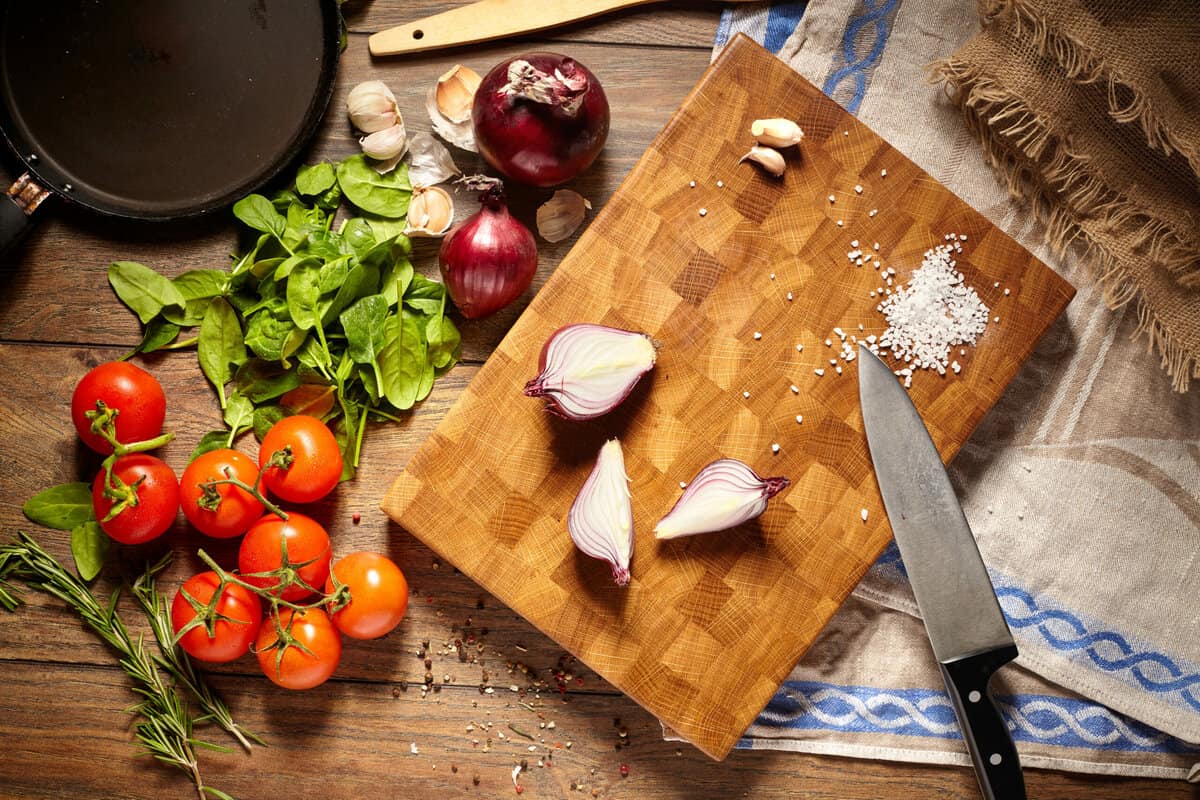Welcome to our comprehensive guide on how to clean p-trap in kitchen sink. If you're a kitchen professional or simply someone who enjoys a functional and hygienic kitchen space, you've surely encountered the importance of keeping your sink's p-trap clean. The p-trap is an essential component to prevent unpleasant odors and to ensure efficient drainage, so maintaining it is an absolute must.

Why is Cleaning the P-Trap Important?
The p-trap, typically found beneath the sink, is designed to catch debris and prevent sewer gases from entering your home. A clogged p-trap can lead to unpleasant odors, slow drainage, or even a complete blockage. Understanding how to clean p-trap in kitchen sink effectively will prevent these issues and keep your kitchen running smoothly.
Tools You'll Need
Before embarking on the cleaning process, gather the necessary tools:
- Pliers or pipe wrench
- Bowl or bucket
- Old toothbrush or bottle brush
- Rubber gloves
- Cleaning solution (vinegar and baking soda work well)

Step-by-Step Guide
Step 1: Preparation
Start by positioning a bowl or bucket beneath the p-trap to catch any water or debris that might spill. Ensure you have your tools and cleaning materials ready.
Step 2: Removing the P-Trap
Using pliers or a pipe wrench, carefully loosen the slip nuts securing the p-trap to the drain pipes. Once loosened, gently remove the p-trap, being cautious of any residual water inside.
Step 3: Cleaning the P-Trap
Empty the contents of the p-trap into the bowl or bucket. Use an old toothbrush or bottle brush to scrub away any build-up of debris, grease, or grime inside the p-trap. For stubborn residue, a mixture of vinegar and baking soda can work wonders.
Step 4: Reassembling the P-Trap
Once the p-trap is thoroughly cleaned, reposition it and tighten the slip nuts. Ensure everything is securely fastened to prevent leaks.

Maintaining a Clean P-Trap
Regular Cleaning
To avoid future clogs and build-up, aim to clean your p-trap every few months. Regular maintenance will save you from more extensive and potentially costly plumbing issues down the line.
Preventative Measures
Be mindful of what goes down your sink. Avoid disposing of large food particles, grease, or coffee grounds, as these substances are notorious for causing blockages. Consider using a sink strainer to catch debris, making it easier to dispose of waste properly. For additional advice on maintaining your kitchen, check out kitchen maintenance tips.

Common Issues and Troubleshooting
Weak Drainage
If you notice weak drainage even after cleaning the p-trap, there may be a clog further down the plumbing line. In this case, a professional plumber might be needed to address the issue.
Persistent Odors
Persistent odors can result from residue left behind in the p-trap or other areas of the plumbing system. Ensure thorough cleaning and consider using plumbing-safe deodorizers to combat the smell. For more insights, check out this guide on cleaning a commercial kitchen.
Frequently Asked Questions (FAQ)
1. How often should I clean my kitchen sink p-trap?
It's advisable to clean the p-trap every few months to prevent build-up and potential blockages.
2. What can I do to prevent future clogs in my p-trap?
Be cautious of what you dispose of in your sink. Avoid large food particles, grease, and coffee grounds. Alternatively, using a sink strainer can help catch debris.
3. Can I use chemical drain cleaners to clean my p-trap?
While chemical drain cleaners can dissolve minor clogs, they are often harsh and can damage your plumbing over time. Opt for natural cleaning solutions like vinegar and baking soda whenever possible.
For more information and professional plumbing tips, you can visit Home Depot's Plumbing Guide.
As an Amazon Associate, I earn from qualifying purchases.






Leave a comment
This site is protected by hCaptcha and the hCaptcha Privacy Policy and Terms of Service apply.